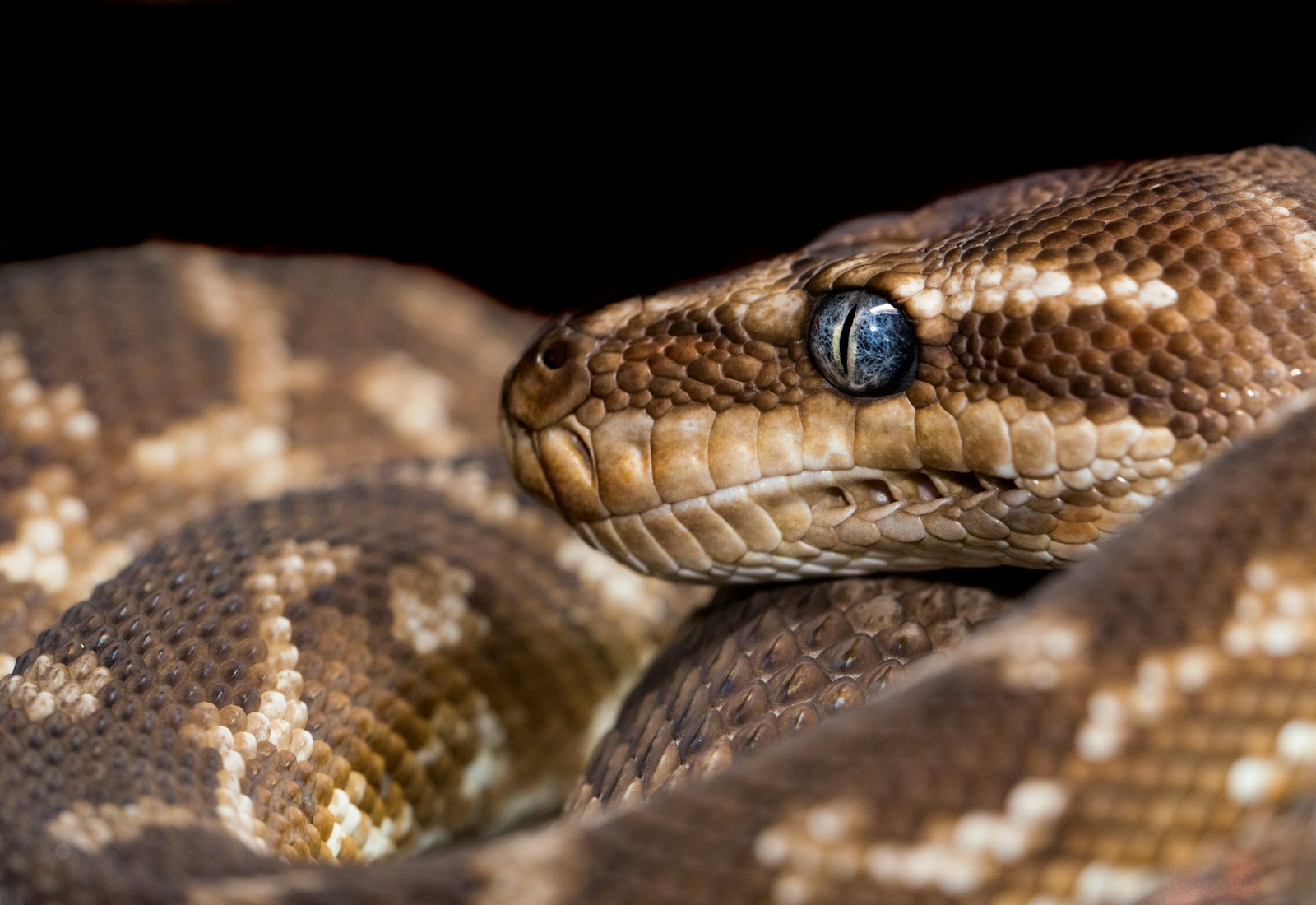When observing snakes, determining whether they’re blind or simply resting can be challenging for both pet owners and wildlife enthusiasts. Snakes have unique eyes and visual capabilities that differ significantly from mammals, making it difficult to interpret their eye behaviors. Unlike humans, snakes don’t have eyelids and exhibit different signs of visual impairment. This article will help you differentiate between a blind snake and one that’s merely in a state of rest, exploring the fascinating world of snake vision and behavior.
Understanding Snake Vision Basics

Snake vision varies dramatically among species, with some relying heavily on their eyesight while others depend more on alternative senses. Unlike humans, snakes lack eyelids and instead have a transparent scale called a “spectacle” or “brille” that protects each eye. This anatomical difference means snakes cannot blink or close their eyes when resting. Instead, their eyes remain open at all times, though they may appear glazed or unfocused during periods of inactivity. Most snakes have limited color vision compared to humans, with many species able to see primarily in the ultraviolet and infrared ranges, making their visual perception quite different from our own.
Physical Signs of Blindness in Snakes
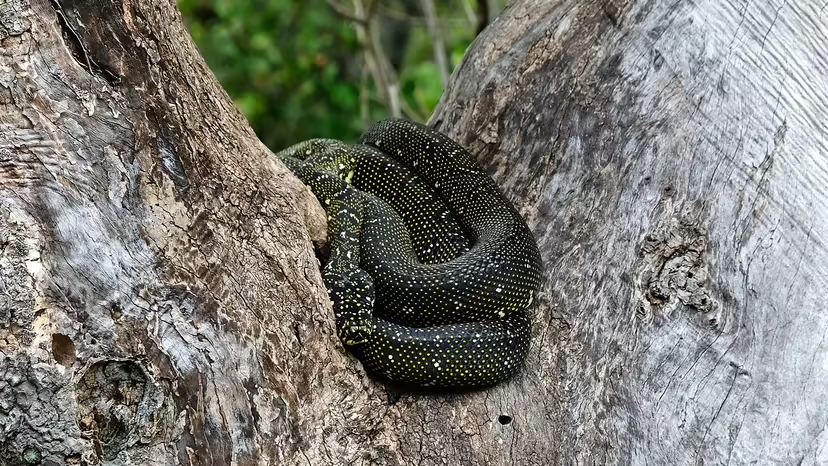
A blind snake often displays distinctive physical characteristics inside and around its eyes. You might notice cloudy, opaque, or bluish eyes that don’t react to movement or light changes. In cases of complete blindness, the eyes may appear sunken, malformed, or show obvious damage such as scratches or punctures on the spectacle covering. Some blind snakes develop asymmetrical eye appearances, with one eye looking different from the other. Additionally, blind snakes may have excessive mucus or discharge around the eyes, indicating an infection or condition that has led to vision loss. These physical indicators are usually quite apparent when compared to the clear, alert eyes of snakes with normal vision.
Behavioral Indicators of Snake Blindness
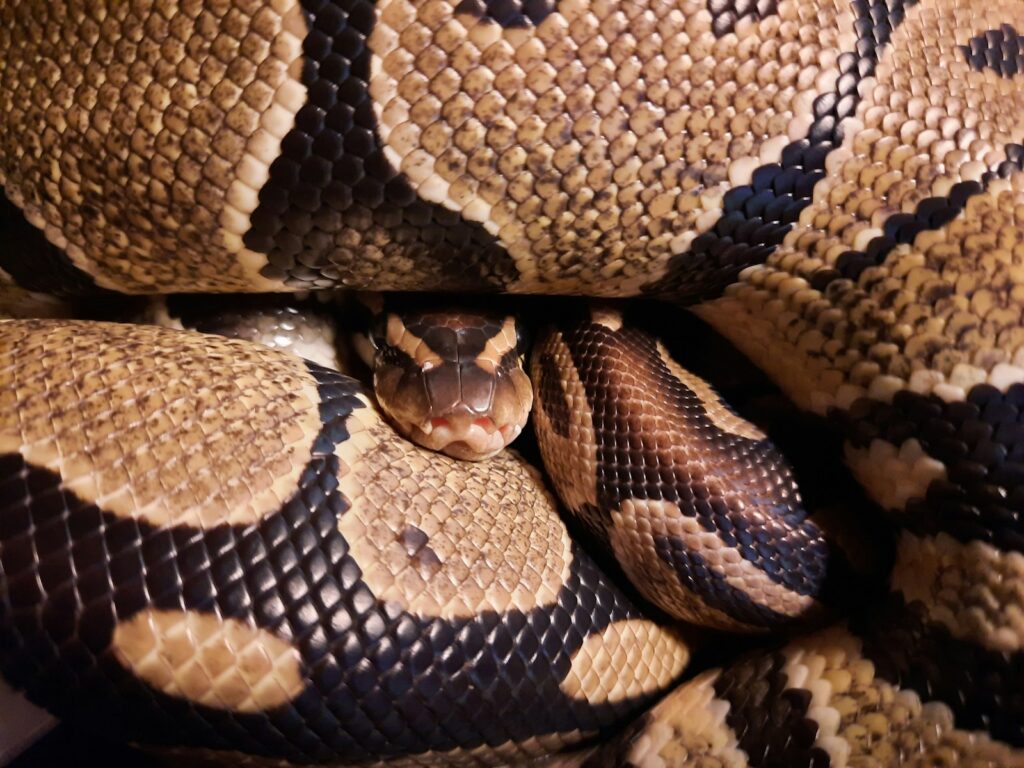
Blind snakes typically demonstrate notable behavioral differences compared to their sighted counterparts. They often exhibit more frequent tongue flicking as they compensate for vision loss by relying more heavily on their chemosensory abilities. You may observe them bumping into objects or walls repeatedly, showing an inability to navigate their environment efficiently. Blind snakes might also demonstrate heightened defensive behaviors, striking erratically when approached because they cannot visually assess threats. Another telling sign is their feeding response – blind snakes may struggle to locate food items even when placed directly in front of them, instead searching with exaggerated head movements and tongue flicks to detect prey through smell rather than sight.
The Snake Shedding Process and Vision
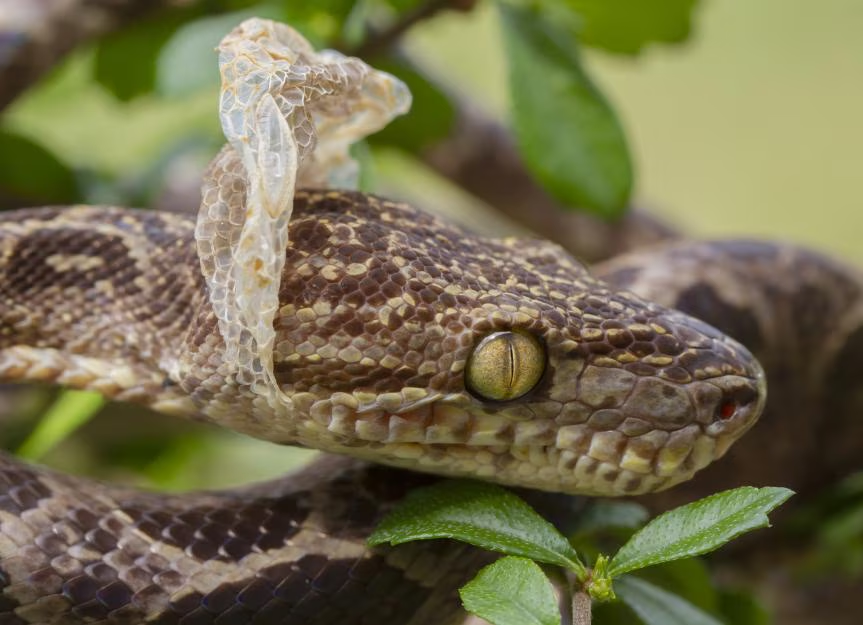
During the shedding process (ecdysis), all snakes experience a temporary period of compromised vision that can be mistaken for blindness. As a snake prepares to shed, the fluid layer building up between the old skin and new skin causes the spectacle to appear cloudy or bluish, a condition known as “blue phase” or being “in blue.” This phase typically lasts several days before the actual shedding occurs. During this time, snakes often seek hiding places and become less active because of their reduced visual acuity. This temporary condition resolves once the snake completes its shed, with the eyes returning to their normal, clear appearance. Understanding this natural process helps distinguish between a temporary shedding-related vision impairment and true blindness.
Resting Behaviors That Mimic Blindness
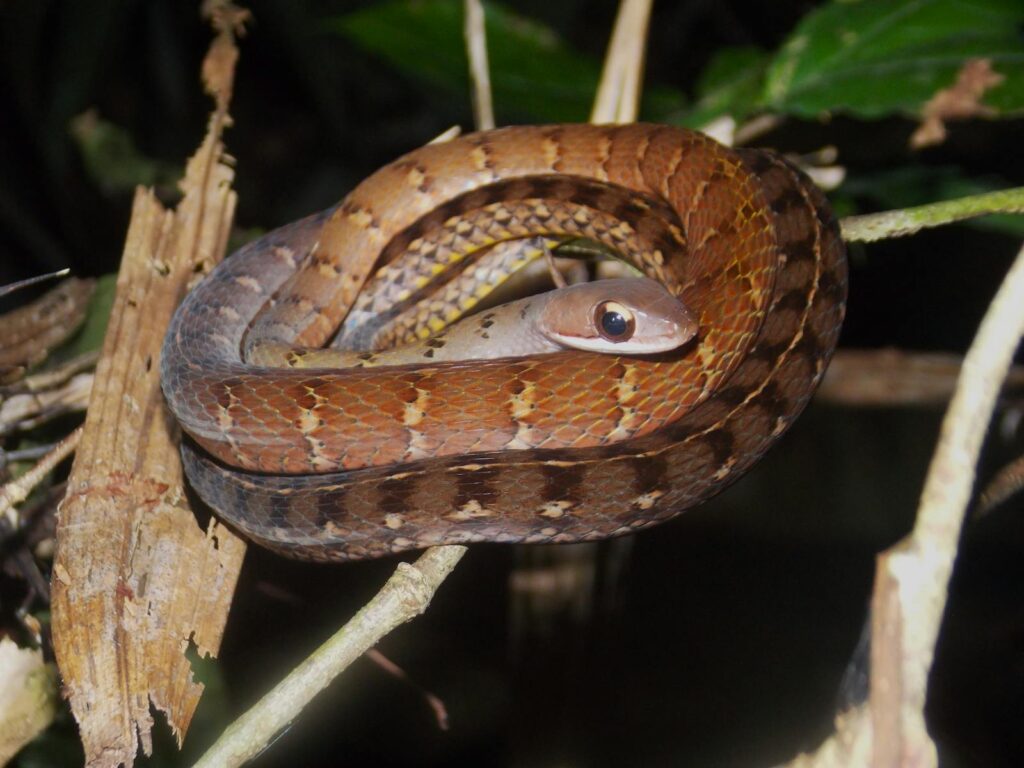
Snakes exhibit several resting behaviors that can be misinterpreted as signs of blindness, leading to unnecessary concern. When deeply relaxed or sleeping, a snake’s eyes may appear unfocused or glazed over, giving the impression of visual impairment. Some species partially retract their eyes while resting, causing them to look sunken or different from when the snake is alert. Many snakes also enter a state of reduced responsiveness during digestion, particularly after consuming a large meal, where they may not react quickly to visual stimuli. Additionally, snakes often rest in a position where their eyes are partially covered by their coils, making it seem as though they’re unaware of their surroundings when they’re simply in a secure resting posture.
Testing a Snake’s Visual Response
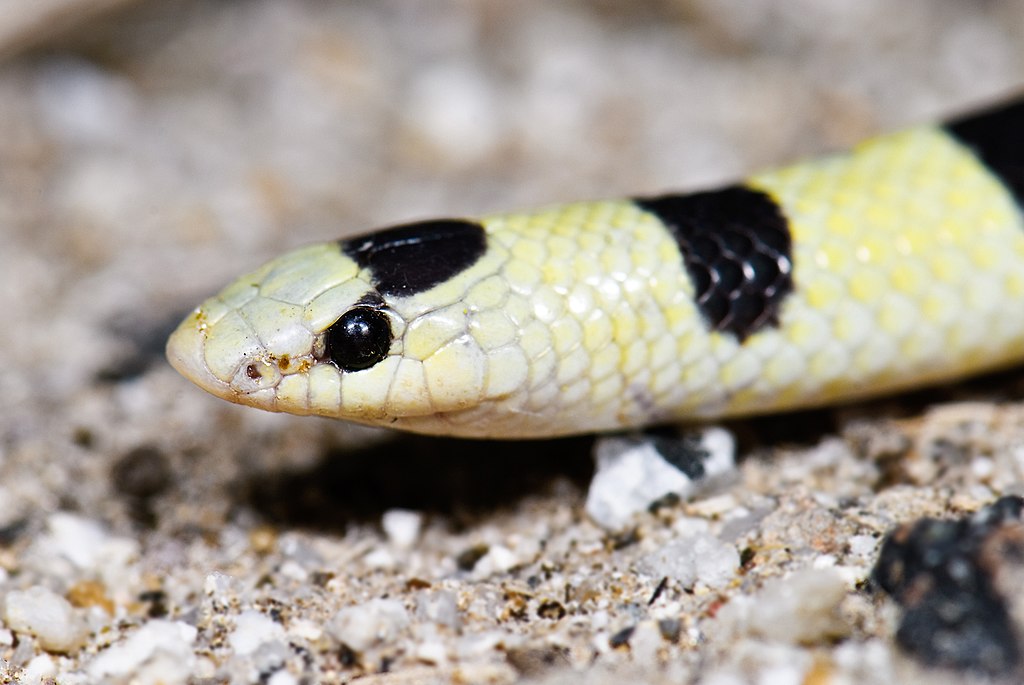
You can perform several non-invasive tests to evaluate a snake’s vision without causing stress. One effective method involves slowly moving your hand from outside the snake’s field of vision into its visual range, while being careful not to create air currents or vibrations that might trigger other senses. A snake with functioning vision will typically track the movement or react with attention. Another approach is to gently place an object in the enclosure at a distance from the snake and observe if it notices the new item. Visual tracking can also be tested by slowly moving a non-threatening object in different directions near the snake, noting whether its eyes or head follow the movement. Remember to conduct these tests in good lighting conditions and without making sudden movements that might stress the animal.
Common Causes of Blindness in Snakes
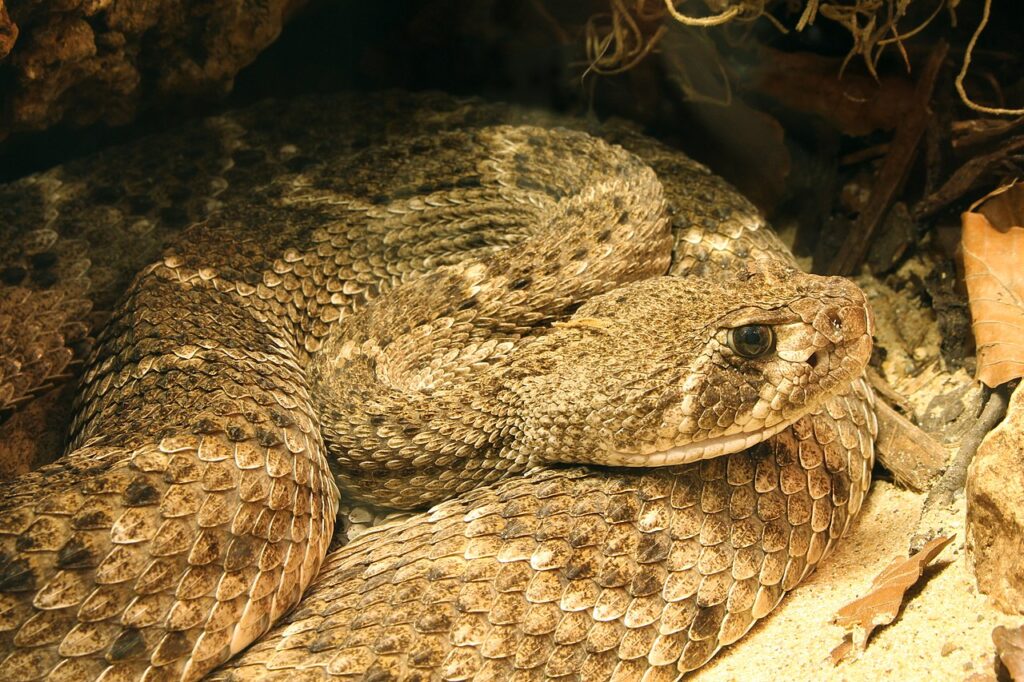
Snake blindness can stem from various conditions, with retained eye caps being among the most common. This occurs when the spectacle covering the eye fails to come off during shedding, accumulating over multiple sheds and eventually obscuring vision. Infectious diseases, particularly respiratory infections that spread to the eyes, can cause permanent damage to ocular tissues. Physical trauma from strikes against enclosure walls, handling accidents, or attacks from prey animals may result in eye damage, leading to partial or complete blindness. Additionally, vitamin A deficiency, common in captive snakes with poor diets, can cause serious eye problems, including blindness. Some snake species may also develop age-related vision decline as they grow older, particularly those in captivity that surpass their typical wild lifespan.
Species-Specific Vision Characteristics
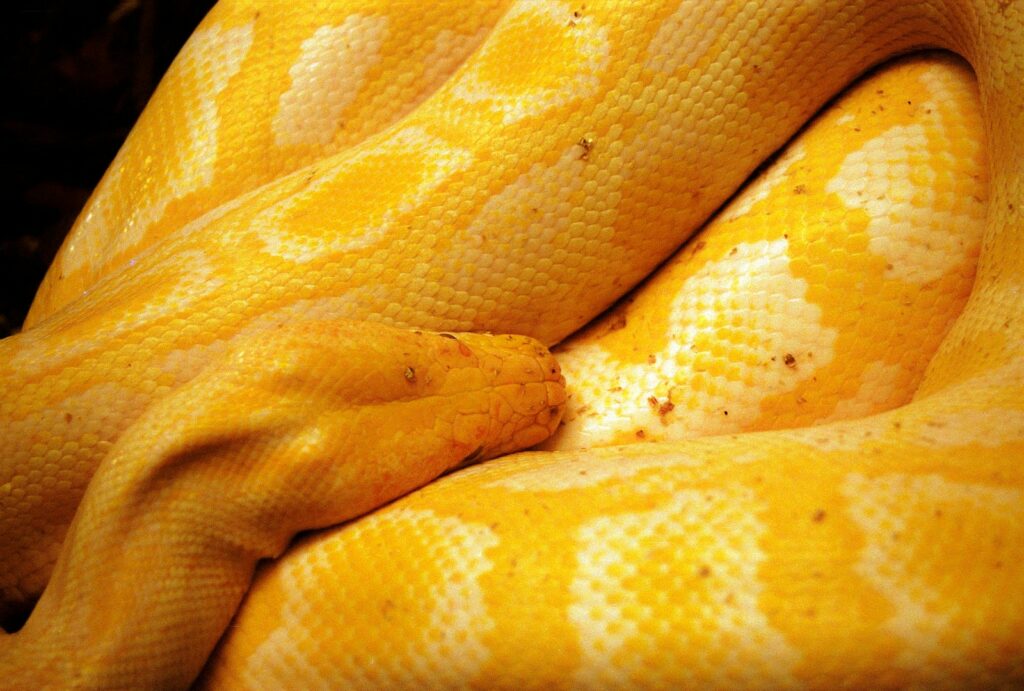
Different snake species have evolved varied visual capabilities based on their ecological niches and hunting strategies. Arboreal species like emerald tree boas and green tree pythons typically have excellent vision with forward-facing eyes that provide some degree of depth perception for navigating branches. In contrast, fossorial (burrowing) species such as blind snakes (Typhlopidae family) have naturally reduced eyes covered by scales, as they’ve evolved to rely almost entirely on smell and touch in their underground habitats. Nocturnal hunters like ball pythons possess vertical pupils that open wide in low light and specialized retinal cells for enhanced night vision. Diurnal hunters, such as many colubrid species, have round pupils and better color perception for daytime hunting. Understanding these natural variations prevents misdiagnosing species-appropriate visual characteristics as pathological conditions.
How Snakes Compensate for Vision Loss

Snakes possess remarkable adaptability when facing vision impairment through their advanced alternative sensory systems. Their highly developed Jacobson’s organ (vomeronasal organ) allows them to “smell” their environment in three dimensions by collecting scent particles on their tongue and transferring them to sensory receptors in the roof of the mouth. Many species, particularly pit vipers, boas, and pythons, utilize heat-sensing pits that detect infrared radiation from warm-bodied prey, functioning effectively even in complete darkness or with visual impairment. Additionally, snakes rely on their exceptionally sensitive skin that can detect minute vibrations through the ground or air, alerting them to nearby movement. These complementary senses often allow blind snakes to hunt, navigate, and survive with surprising efficiency despite their vision loss.
Caring for a Blind Snake
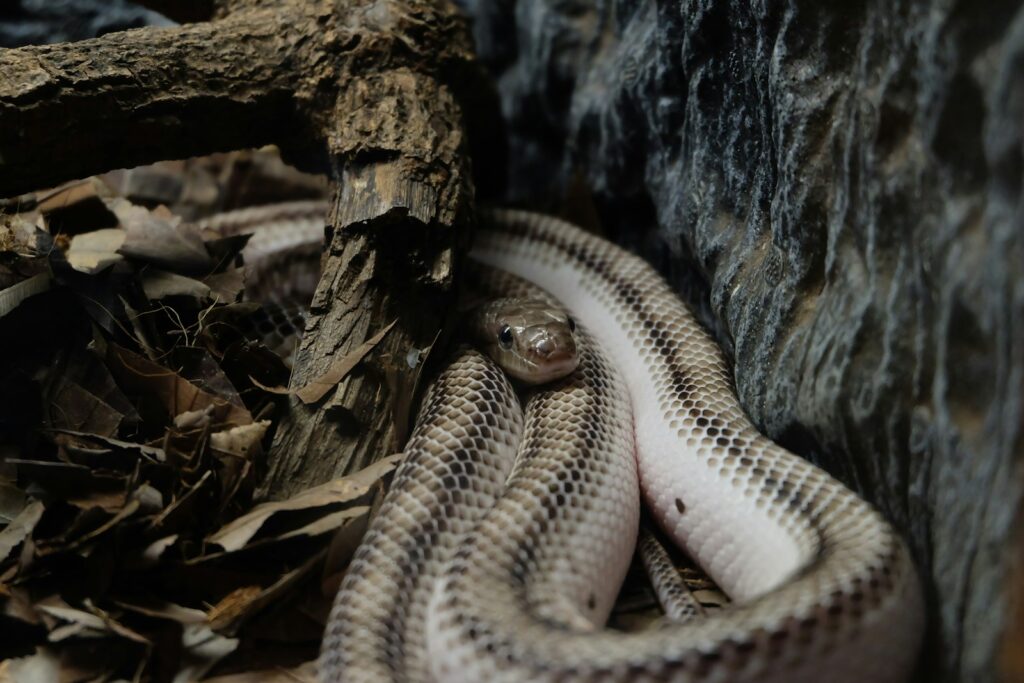
Providing proper care for a blind snake requires thoughtful enclosure modifications and handling techniques. Maintain a consistent layout in the terrarium, avoiding frequent rearrangements that could disorient the snake. Ensure that water dishes have shallow sides to prevent accidental drowning if the snake can’t visually locate the edges. When feeding, you may need to use tongs to gently touch the prey item to the snake’s body, helping it detect food through tactile sensation rather than sight. Handle blind snakes minimally and with extreme care, always approaching from a position where they can sense your presence through vibration or smell before being touched. Many blind snakes lead quality lives with appropriate accommodations, as they naturally rely on their other highly developed senses for most activities.
When to Seek Veterinary Care
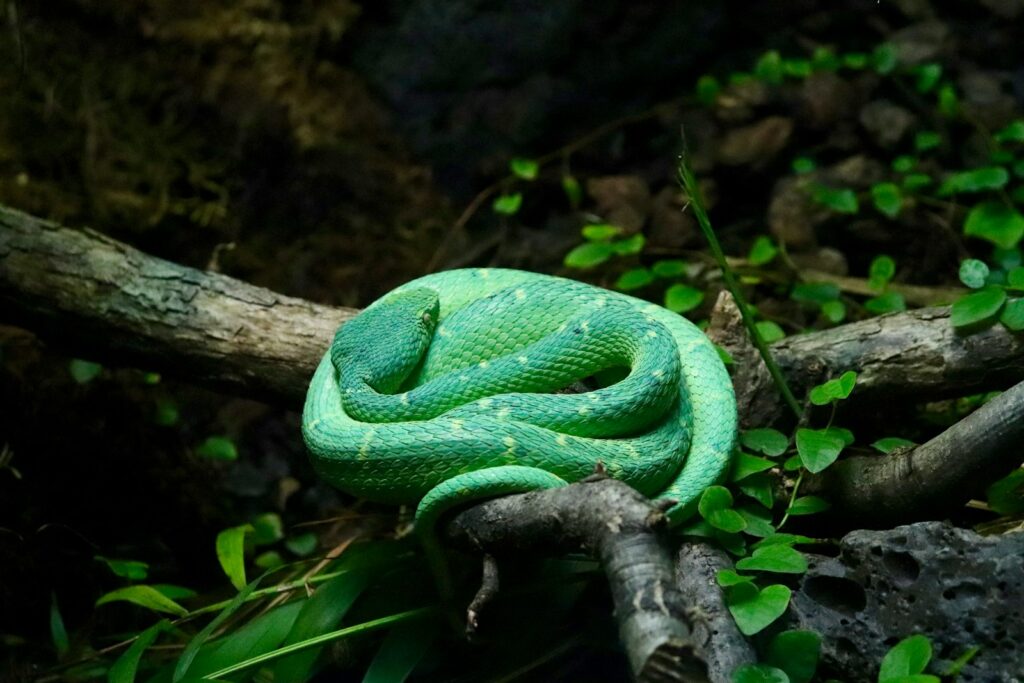
Consult an experienced reptile veterinarian promptly if you observe sudden changes in your snake’s eye appearance or visual responsiveness. Symptoms requiring immediate attention include swelling around the eyes, discharge or bubbles under the spectacle, visible damage to the eye surface, or retained eye caps that haven’t resolved after a complete shed. Behavioral changes like sudden striking at nothing, difficulty finding food items, or continuous rubbing of the face against surfaces can also indicate eye discomfort or vision problems requiring professional assessment. Many eye conditions are treatable if addressed early, with options ranging from medicated eye drops to minor procedures for removing retained spectacles. Delaying veterinary care can lead to permanent vision loss or more serious systemic health issues in cases where eye problems are symptoms of broader infections.
Preventing Vision Problems in Captive Snakes
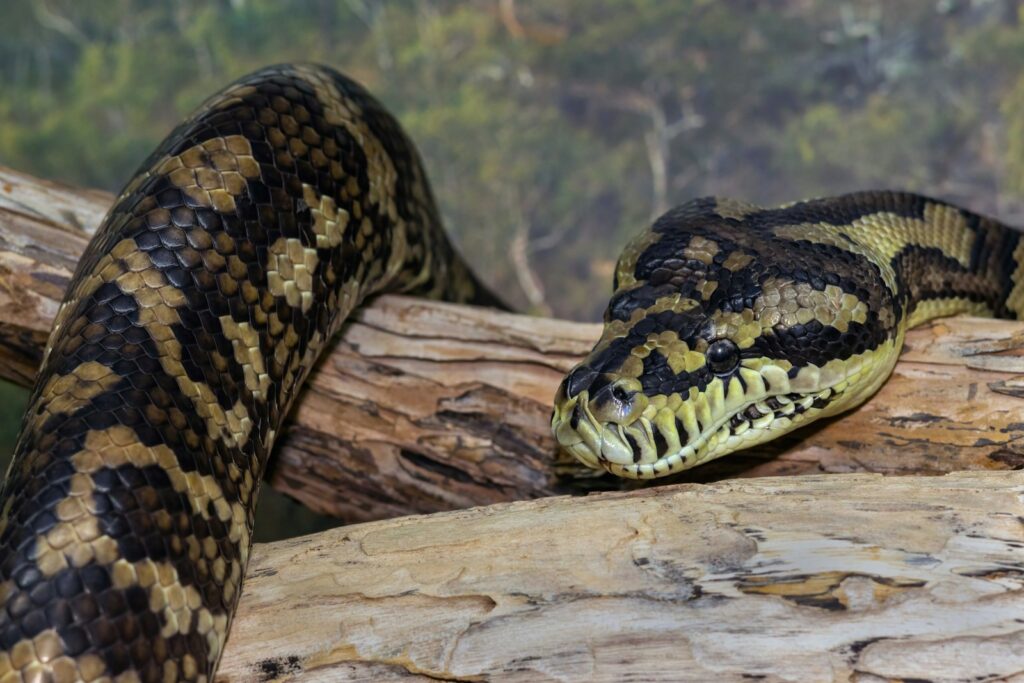
Many snake vision problems can be prevented through proper husbandry practices focused on creating optimal environmental conditions. Maintain appropriate humidity levels for your specific snake species, particularly during shedding periods, as proper hydration is crucial for complete sheds, including eye caps. Provide a clean habitat with suitable substrate that won’t cause eye irritation or injury, avoiding fine particles like sand or dusty bedding that can get trapped beneath the spectacle. Ensure the enclosure includes rough surfaces like branches or rocks that help snakes naturally remove their old skin during shedding. Proper nutrition, especially including vitamin A sources appropriate for your snake species, supports eye health and prevents nutritional deficiencies linked to vision problems. Regular observation of your snake’s eyes and shedding process allows for early detection of potential issues before they progress to vision impairment.
Understanding the differences between a blind snake and one that’s simply resting requires attention to physical signs, behavioral cues, and knowledge of normal snake physiology. While truly blind snakes display distinctive characteristics like cloudy eyes, erratic movements, and compensatory behaviors, many apparent vision issues are temporary conditions related to shedding or normal resting states. By learning to recognize these differences, snake owners and enthusiasts can better assess their reptile’s health and provide appropriate care when needed. Remember that many snakes with vision impairments can lead healthy, fulfilling lives thanks to their remarkable ability to rely on their other highly developed senses for survival.

